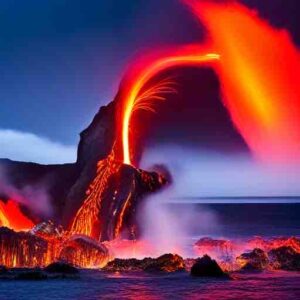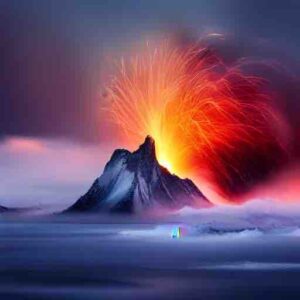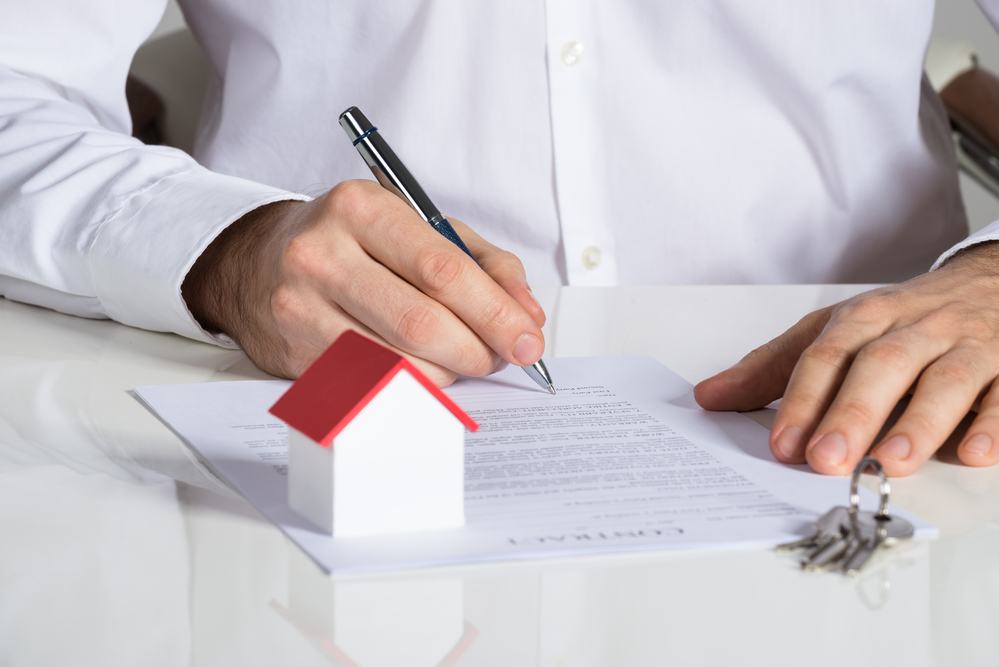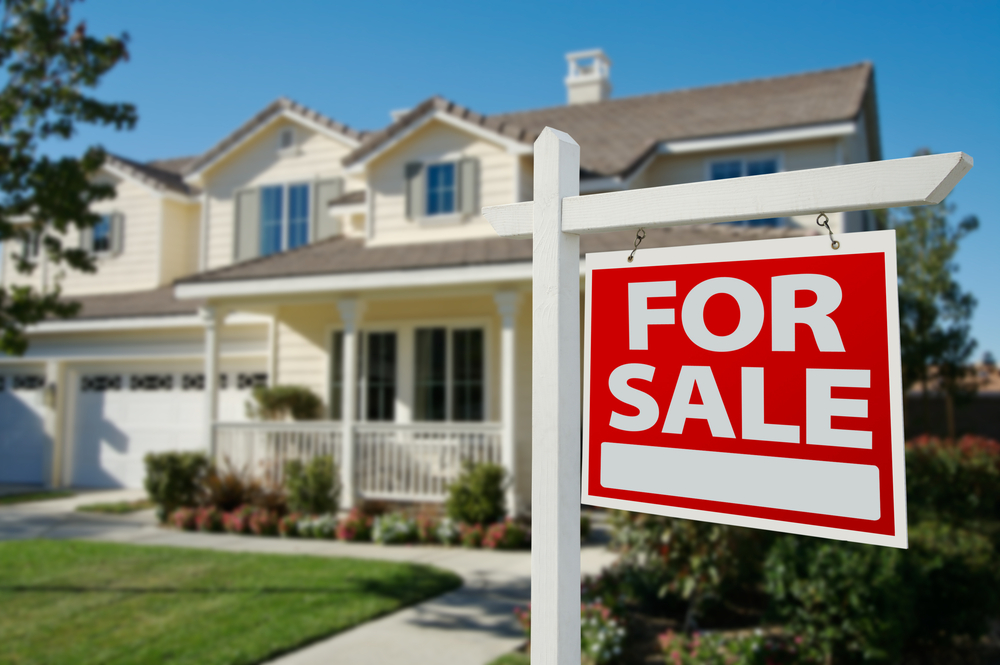
Understanding Lava Zones on the Big Island: A Homeowner’s Guide
The Big Island of Hawaii is known for its stunning landscapes, diverse climate zones, and vibrant volcanic activity. The island is divided into nine lava zones based on the probability of lava flow. Understanding these zones is crucial when considering purchasing a home on the Big Island, as they can significantly impact both lifestyle and insurance coverage. In this post, we’ll delve into the different lava zones and discuss their pros and cons from a homeowner’s perspective.
What are Lava Zones?
The lava zones on the Big Island range from 1 to 9, with Lava Zone 1 being the most at risk for volcanic activity, and Lava Zone 9 being the least. These zones were created by the U.S. Geological Survey (USGS) to help local authorities, builders, and homeowners understand the various risks associated with each area.
Lava Zone 1
Located on the slopes of Kilauea and Mauna Loa, Lava Zone 1 is at the highest risk for future lava flows.
Pros: Properties in this zone tend to be more affordable due to the elevated risk. The unique, raw beauty of the landscape and the experience of living near an active volcano can also be appealing to some.
Cons: The risk of lava flow is high, which can pose a threat to property and personal safety. It can be challenging to secure homeowners insurance, and premiums are often higher.
Lava Zone 2
This zone, found near Lava Zone 1, includes areas around Kilauea and Mauna Loa.
Pros: Property values can be more affordable, and the area still offers beautiful natural surroundings.
Cons: There is still a significant risk of lava flow, making insurance harder and more expensive to acquire.
Lava Zones 3-6
These zones have a moderate to low risk of lava flow. They include areas in Ka‘ū, South Kona, and North Kona.
Pros: These zones offer a balance of beautiful landscapes with a lower risk of volcanic activity. Homeowners insurance is typically easier to obtain than in Zones 1 and 2.
Cons: While the risk is lower, the possibility of volcanic activity is still present.
Lava Zones 7-9
Located further from the active volcanoes, these zones have the least risk of lava flow. They include North Kona, South Kohala, North Kohala, and Hamakua.
Pros: These zones have the least risk of lava flow, making them more desirable for many homeowners. They offer beautiful landscapes with a lower risk, and homeowners insurance is easier and cheaper to obtain.
Cons: Properties in these zones can be more expensive due to the decreased risk and desirability.
Conclusion

Understanding lava zones is essential when buying a home on the Big Island of Hawaii. Each zone has its own pros and cons, so you’ll need to balance your desire for beauty, affordability, and risk. The Hawaii State’s Lava Zone Map and resources from USGS are excellent starting points for understanding the lava zones. Furthermore, consult with real estate professionals and insurance providers who are familiar with the Big Island’s unique features before making your decision. Happy house hunting!
Celester Thomas




